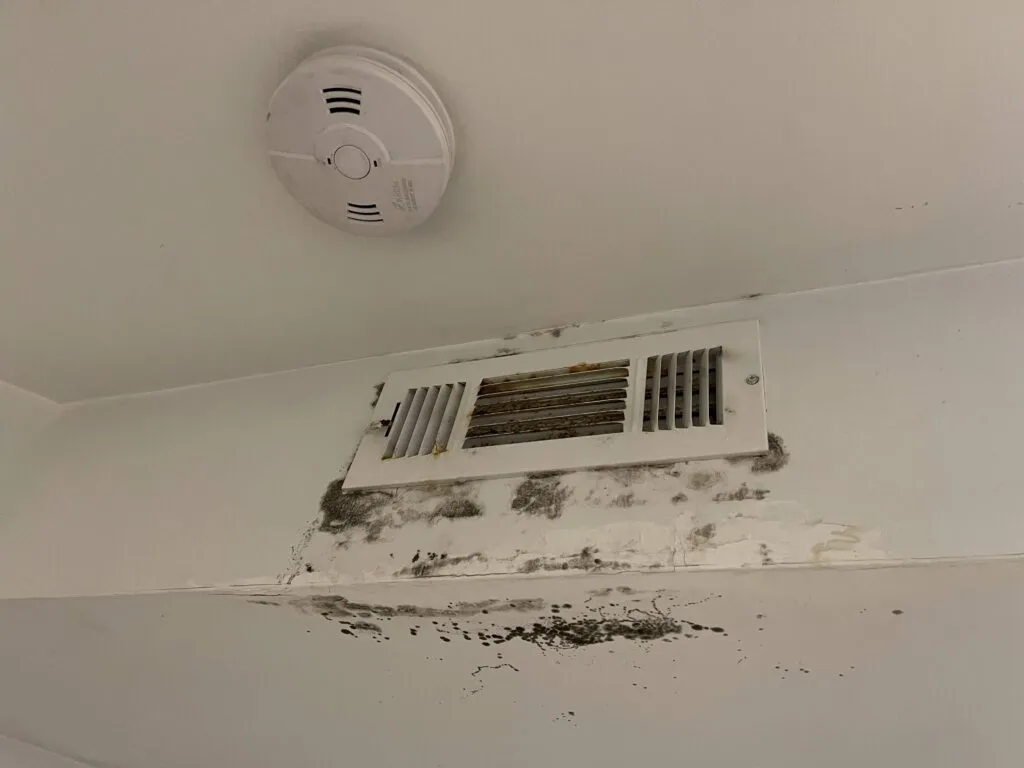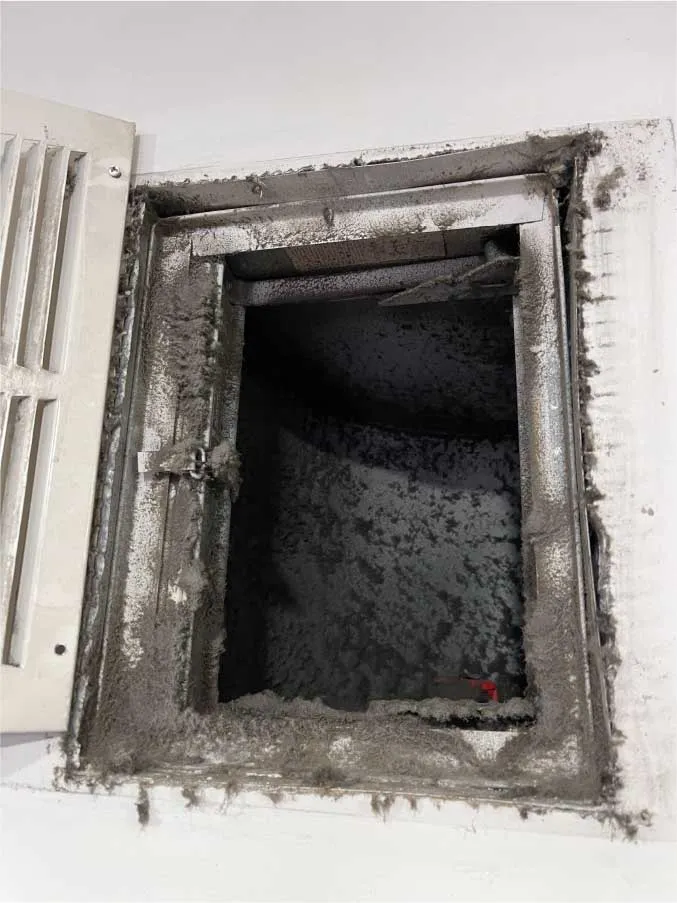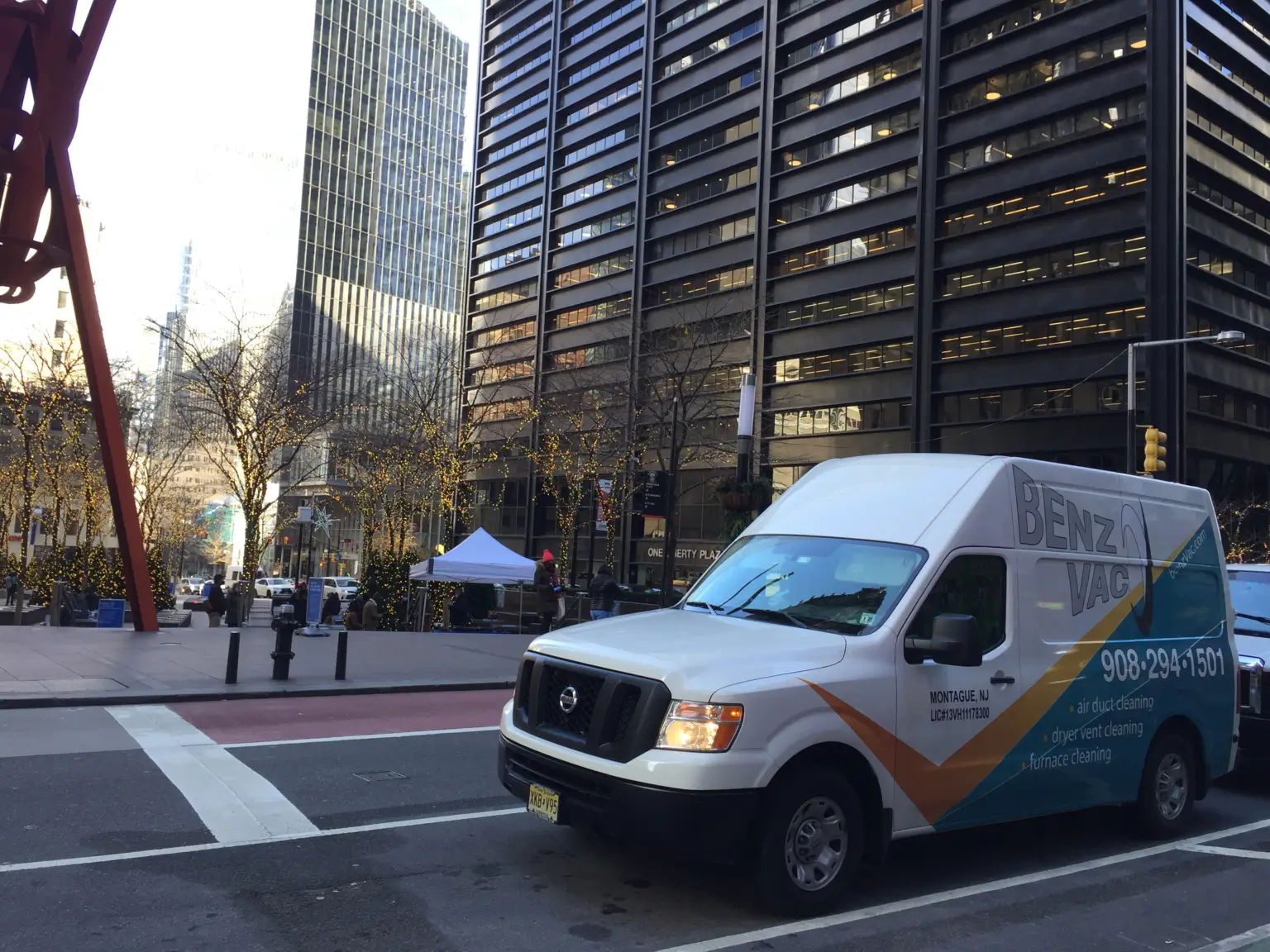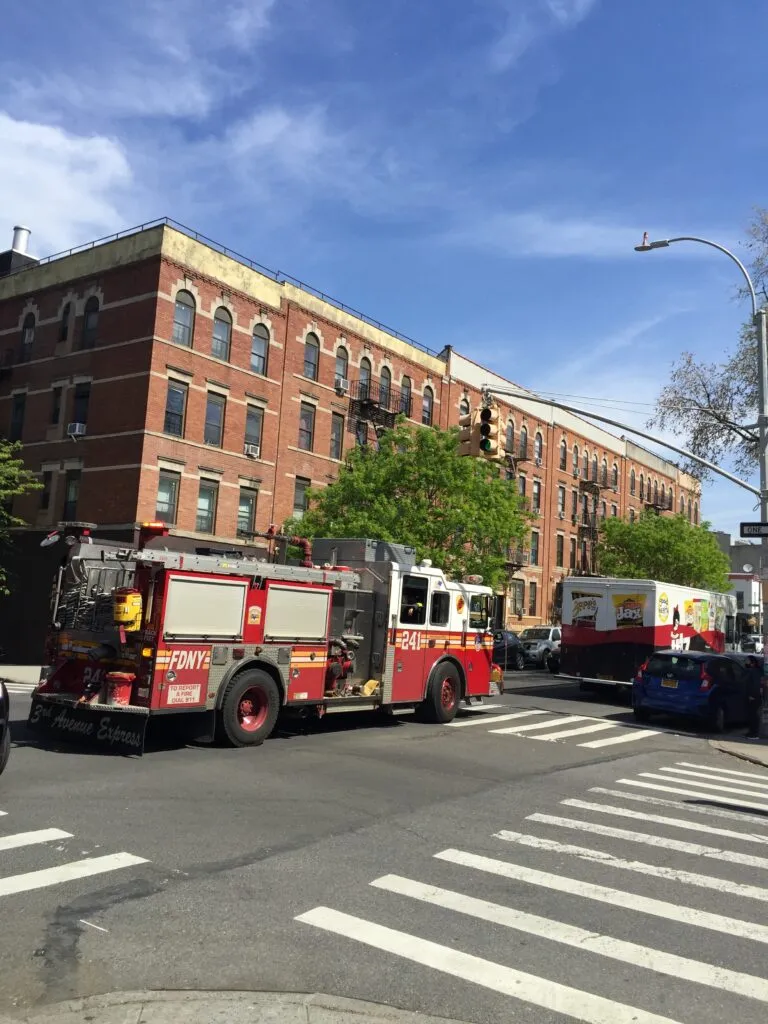You think you have mold at home Can air duct cleaning help to get rid of it?
Let’s talk about mold and professional air duct cleaning as a solution. A small fungus called mold grows best in wet, dark places. If the necessary conditions are met,
for instance, moisture and high humidity, together with some kind of nutrient, it can develop on any surface.
Mold growth is frequently seen in homes and can be quite problematic. While not necessarily harmful, mold can cause extensive damage to a property and have a detrimental influence on your health if not identified and addressed in time.
Signs of Mold Growth in Your Home
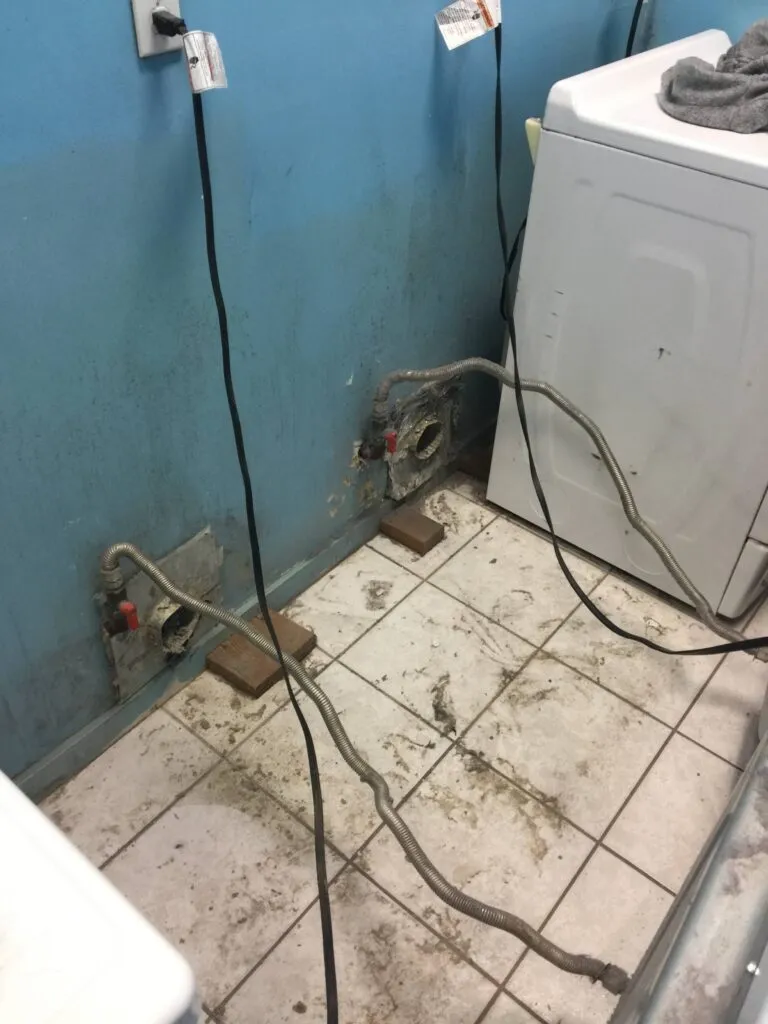
Let’s see what factors hint at mold growth in your home.
- Mold Spores
- Carpets
- Your Eyes Are Burning and Getting Watery
- Odors
- Walls’ Paint Is Cracking
- Concerns
How Does Mold Make Its Way into Your Home?
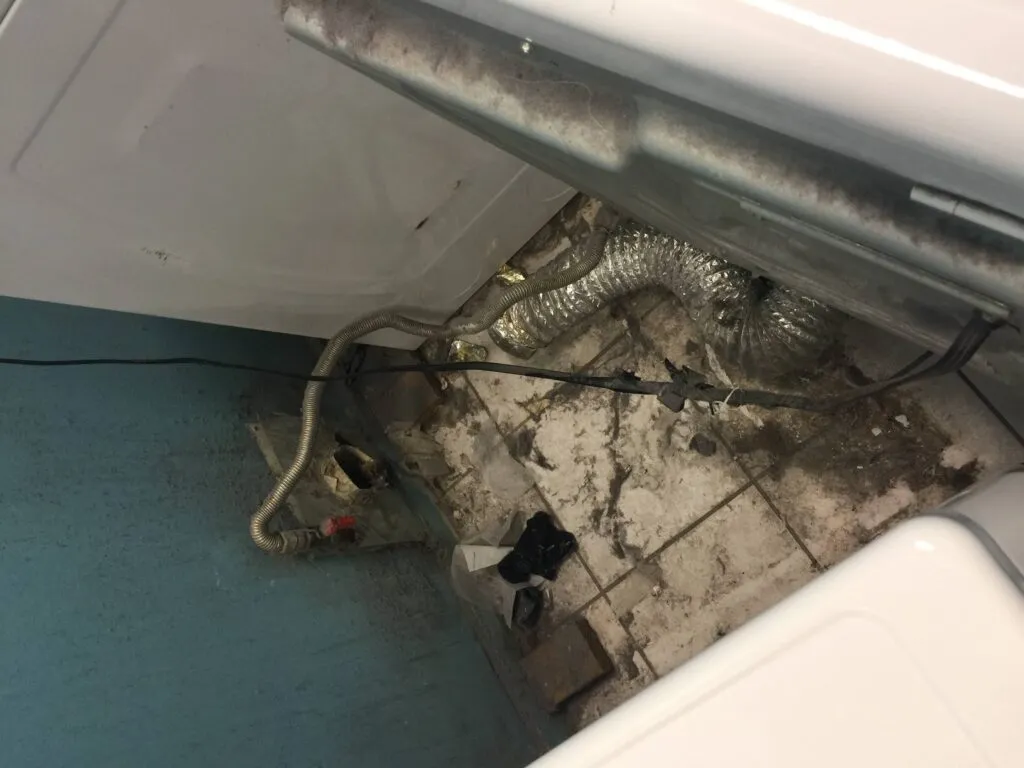
Molds in the outdoors discharge minute spores into the atmosphere. These spores can get into your house through:
- Air conditioning and heating vents
- Pets
- Doors
- Shoes
- Clothing
- Windows
Mold growth appears in the presence of the right conditions. The ideal conditions include dampness, humidity, and a dark environment. The common places where mold can be found include:
- Around windows
- Narrow spaces
- Basements
- Close to leaking pipes
- Bathrooms (bathtubs, sinks, and showers)
Risk Elements
If any of the following applies, you may be more vulnerable to experiencing a mold allergy:
- Genetically predisposed to allergies.
- Reside or work in a building with excessive humidity or inadequate ventilation.
- Reside or work in a place that has been previously flooded, contains leaking pipes, or is otherwise extremely damp.
Actions to Take When You See Mold in the House
- Contact The Mold Remediation Company
- Use Safety Accessories (if you are removing mold on your own)
- Remove Any Wet Fabrics
- Remove Documents or Other Essential Items from The Vicinity
- Inform The Family
- Avoid Going Near the Affected Area
How to Stop Mold Growth in Your Home?
Both mold eradication and moisture control are necessary to reduce your mold exposure. You can take many steps to stop mold from growing in your house, including:
- Fix any leaks within your house and remove any moisture they may have left behind.
- Keep a minimum of indoor plants in your home.
- Check that the heating, ventilation, and air-conditioning systems in your home are functioning properly.
- Cover any dirt crawl areas with plastic and check that they are properly ventilated.
- Sanitize and clean every surface. Do not forget to dry the sanitized areas.
- To get rid of mold and other airborne particles like dust, pollen, and germs, use an air filtration system or air purifier.
- If the source of moisture is detected, make sure to ventilate it properly. Use exhaust fans to ventilate such moisture-producing items. It’s better if you do the ventilation activity outside your home.
- Keep the relative humidity in your home below 50%. You can do this using a dehumidifier.
- Keep your gutters and downspouts cleaned, and make sure the land surrounding your home slides away from the ground, to prevent water from entering your basement or crawlspace.
- Prevent the water from collecting everywhere.
General Mold Classifications
Most mold species fall into one of three categories:
- Pathogenic
When something is pathogenic, it can infect immunosuppressed individuals.
- Allergenic
It is not likely to make you sick, though it may worsen light allergies.
- Toxigenic
It creates toxic side effects on any living things that come into contact with it.
Pathogenic Mold
A pathogenic mold has the potential to infect people, even those who are healthy. Mold species belonging to some genera include both pathogenic and allergenic species. The Aspergillus genus is one such illustration. This genus contains many allergenic species, including fumigatus, an extremely pathogenic species.
Toxigenic Mold
Toxic mold species are toxigenic molds because they have the potential to produce mycotoxins, which are chemical metabolic byproducts that can be poisonous to both people and animals. Mold spores that are produced for reproduction are not the same as mycotoxins. These substances, however, have the potential to vaporize and spread along with mold spores. Research indicates that mycotoxins are carried by very small dust or wallpaper fragments that are easily breathed through the air.
Allergenic Molds
Each of us inhales air-borne mold spores in the presence of mold growth around us. Some people react allergically or develop symptoms of asthma. Airborne mold spores entering the nose result in a runny and itchy nose, sneezing, and congestion that are similar to those brought on by other common airborne allergies. People with asthma may also get serious asthma attacks when mold spores make their way into their lungs.
Mold at home? Can air duct cleaning help?
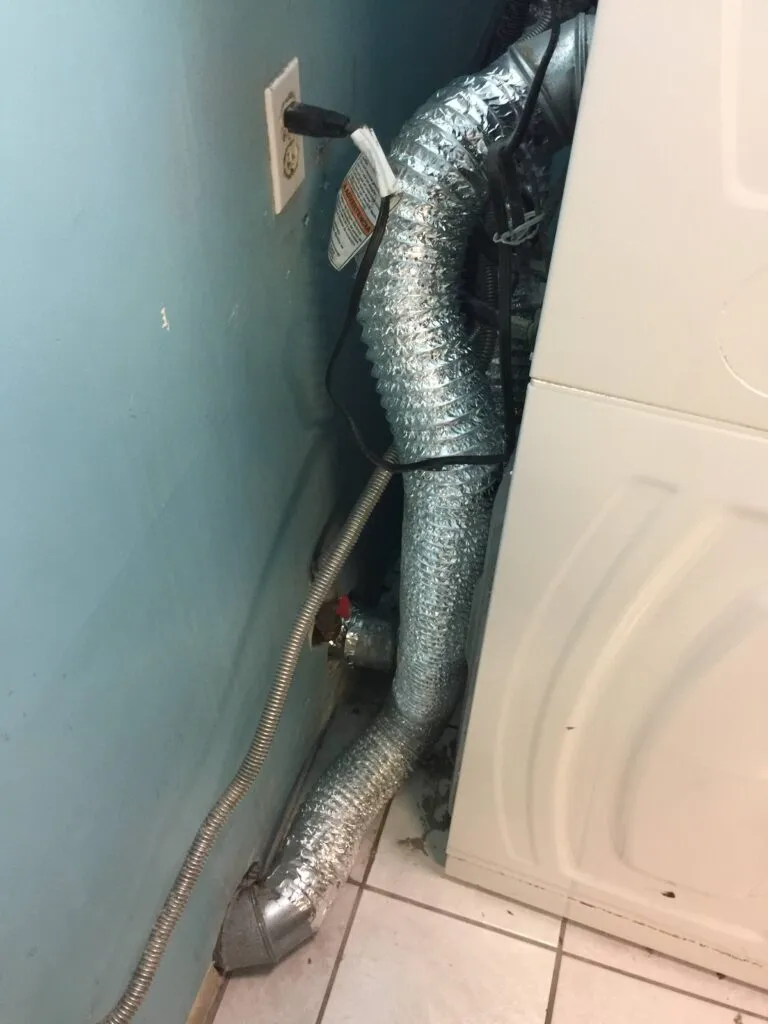
When performed correctly, air duct cleaning has been shown to be efficient at eliminating mold from your ventilation system, significantly improving the quality of your home and workplace. But the crucial part is when it is done the appropriate way. Yes, you can attempt to clean your own air ducts using a ventilation cleaning package. Initially, you may think that you can reach every area of your ductwork, even the trickier ones, to make sure that every objectionable particle is eliminated and cleaned properly, but it’s more likely that you lack the time, resources, or expertise to perform the air duct cleaning process at the same level as professional air duct cleaning services do.
HVAC Air Ducts and Mold
Years of neglected air duct cleaning will result in mold buildup. And when it occurs, your AC
unit’s ventilation will be obstructed. Your cooling system will have to run for extended periods
as a result, which will eventually put too much pressure and stress on the system. Your air conditioner will eventually need to be repaired frequently. The following indications tell you
when there is mold growth in your air ducts and you need to get done with duct cleaning.
- Mold Symptoms Near the Vents
mold growth around the vents is an indication that mold may be in your ducts. The air moving through your ducts may dislodge mold spores and spread them around your vents if there is mold present. Mold at home may be present if you notice any black, green, brown, or yellow growth near your vents. Mold seldom starts to grow on vents for any other reason, so it was probably forced there by your duct system.
- Unknown Illnesses
Do you have family members that have unusual illnesses? Certain molds can cause headaches, rashes, nausea, exhaustion, and symptoms resembling allergies and asthma attacks. If the source of mold growth is your air ducts, then the symptoms will probably get worse during the period when your cooling and heating systems operate more often. There might be mold at home in your ductwork if you start experiencing any strange diseases that coincide with the operation of your air conditioner or heating system.
- Insufficient Cooling
Since mold spores obstruct the airflow of your HVAC system, your cooling system fails to
provide the required cooling. If you observe that the AC isn’t chilling the room sufficiently, there may be dust or mold spores in the air ducts to blame. You might experience this, though, if there are other HVAC problems, such as a refrigerant leak, a dirty air filter, a broken compressor, etc. Calling HVAC duct cleaning services and asking them to check the HVAC system is advisable in these circumstances. After the recommendation from HVAC duct cleaning services, get done with air duct cleaning and air vent cleaning so that there are no traces of mold growth left inside your air ducts.
Mold at Home can Air Duct Cleaning help
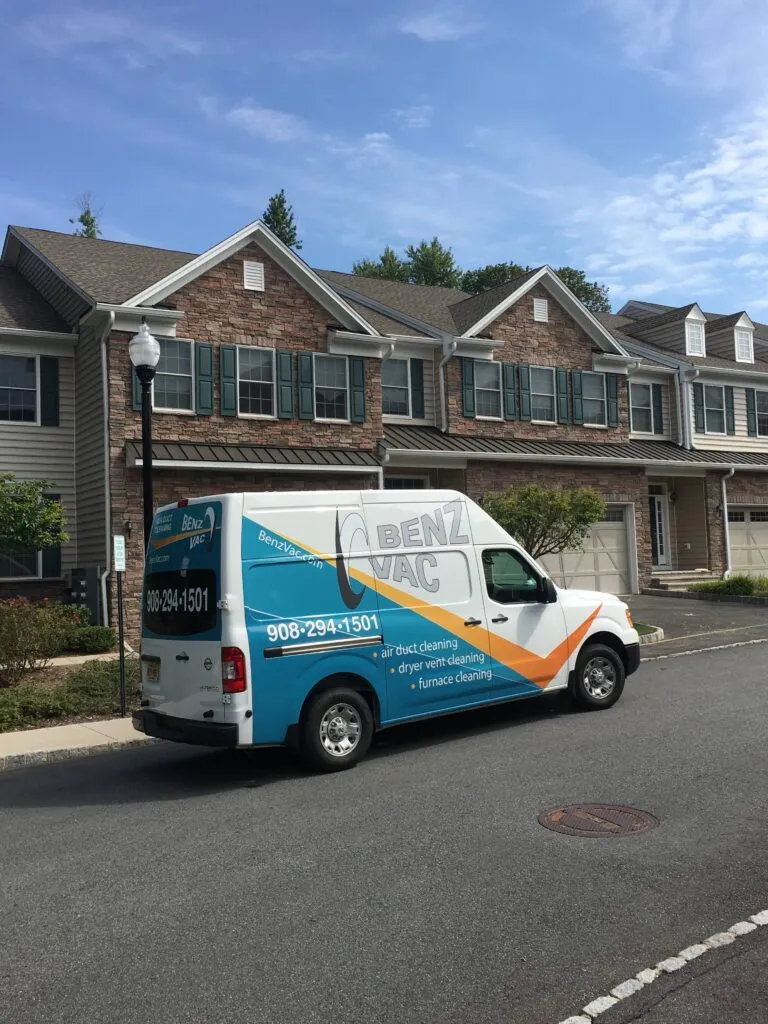
- Effective Protection from Airborne Toxic Particles
Air duct cleaning and sanitizing can be effective in protecting your house from airborne toxic particles. Eliminating mold, mildew, and dust prevents the growth of bacteria. With the risk of catching COVID-19 today, even inside your own home, this is crucial.
- Purified Air
Your ventilation system’s air quality will significantly improve if dirt and dust are eliminated.
Your home will breathe cleaner, fresher air after air duct cleaning. For those who experience respiratory problems or allergy-like symptoms, this is essential. Fresh air will minimize your asthma and allergy reactions. You’ll be relaxed that the air you’re breathing is cleaner thanks to the removal of mold at home using a filtration system.
- Improved Ventilation System
The increased cleanliness of your system is an advantage of duct cleaning and sanitization.
Mold and mildew can be eradicated through air vent cleaning from dust and debris and
applying the right sanitizer.
- Dust Free Air Ducts
The professional air duct cleaning services will thoroughly clean the air ducts. The HVAC
experts won’t just clean the air ducts; they’ll also clean other components of your HVAC system.
Your HVAC system will then be free from any sort of dust or micro-particles.
Final Thoughts
Mold in the house is never good news! The presence of mold in your house can be detrimental to the health of residues. In particular, people with respiratory issues or other allergies are prone to severe reactions from mold growth. Mold appears in dark, wet, and humid places. Mold growth is often visible on walls. But if it’s not visible, then you have to look for signs of mold growth. Stay alert and whenever you sense mold formation in your home, get it removed at the earliest.
It’s recommended that you hire a mold remediation company or air duct cleaning services for the complete removal of mold in your house.
Take a look at our locations in New Jersey below and give us a call to begin work with the best ac vent cleaning company!
To schedule an appointment or if you have any questions, call our office today! You should now have a better idea of who is the best ac vent cleaning company in New Jersey!

